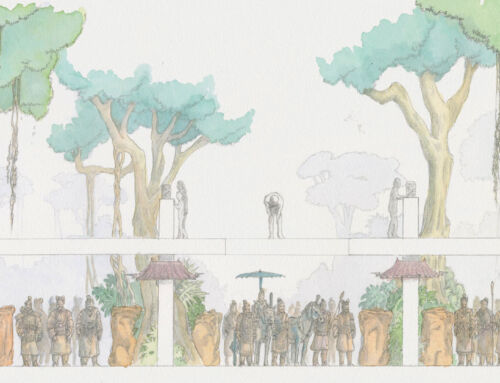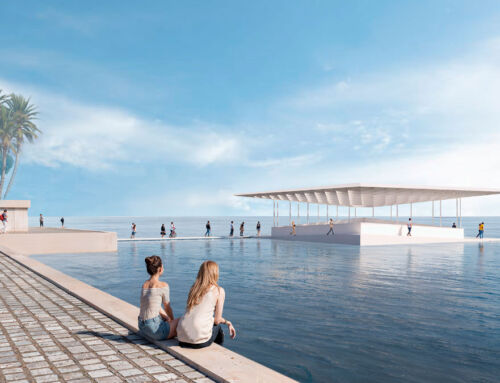In February 2005, the Kyoto Protocol of the United Nations Framework Convention on Climate Change, entered into force; a binding international agreement for the reduction of greenhouse gas (GHG) emissions into the atmosphere, previously signed by, amongst others, the countries responsible for most of these emissions. This was followed by the Paris Agreement, signed in December 2015 by 97 parties, including the European Union (EU). It will come into effect in 2020, when the first one expires. In addition, the Sustainable Development Agenda 2030 was adopted by the United Nations in September 2015. The building and architecture sector, which is responsible for 36% of CO2 emissions and 40% of energy consumption in the EU, is key to meeting the objectives of these major agreements. This is why the EU has developed extensive regulatory activity in the sector, to become a world leader in sustainable building and architecture.
Thus, through a complex network of plans and directives, the EU has established numerous obligations and rules for all Member States, amongst which we can highlight:
-The implementation of a building energy certification system.
-The obligation of periodic inspections of heating and air conditioning systems.
-All new buildings must operate with almost zero energy consumption from December 2020.
The targets set for 2030, with these plans and their directives, are as follows:
-At least a 32% reduction in GHG emissions compared to 1990.
–42% use of renewable energies, as well as 39.5% improvement in energy efficiency.
The latest major plan launched by the European Union is the European Green Deal, which is to be rolled out with an ambitious package of measures, over the 2020-22 period. With it, the EU aims to establish a new growth strategy to achieve a sustainable and carbon-neutral economy. The one that has the closest relationship with the building sector is known as the ‘Renovation Wave’. Amongst others, these are its new measures:
-The creation of a platform bringing together the building sector, architects, engineers and local authorities, in order to develop innovative forms of financing to facilitate investments in energy efficiency and building rehabilitation.
-To facilitate the rehabilitation of social housing to help households with difficulties in paying their energy bills.
“Building design must be in line with the circular economy,” says the plan, whose ultimate goal is to achieve the decarbonisation of the sector by 2050.
Amusement Logic’s engineering shares the objectives of the great global agreements against climate change and contributes to them with more efficient technical systems, saving on energy consumption, and with proposals for sustainable architecture and construction such as MagiCube on which we reported on in a previous edition of this newsletter.
Sources: Green Building Council España, Naciones Unidas, Wikipedia 1, Wikipedia 2.






